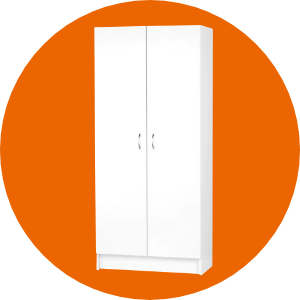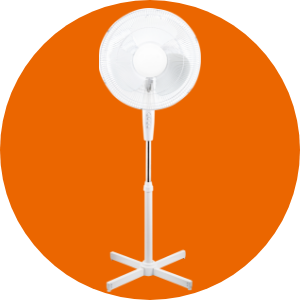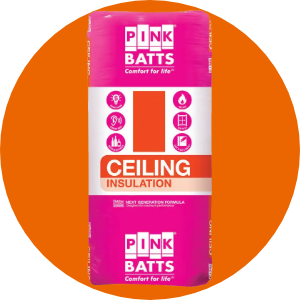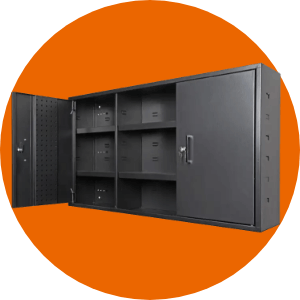- 17 April 2025
If you’re about to tackle your first painting project, congratulations! A fresh coat of paint is one of the easiest and most affordable ways to completely transform a space. Before you get started though, having the right tools on hand can make all the difference between a smooth, satisfying result and a frustrating mess. Here’s a quick guide to the painting essentials you’ll need:
New to Painting? Here are the Essentials You'll Need
1. Drop Sheet
Protecting your floors, furniture, and fixtures is essential for any painting project, and a high-quality drop sheet is one of the first things you should have on hand. Whether you go for a lightweight plastic sheet for quick coverage or a heavier-duty canvas version for more grip and reusability, a drop sheet helps catch any stray drips, splatters, or spills before they become a hassle. It’s a simple yet highly effective way to keep your space clean, minimise post-project mess, and avoid costly damage to surfaces you want to preserve.
2. Painter's Tape
If you're aiming for a clean, professional-looking finish, painter’s tape is a must-have. It helps create sharp, crisp lines and prevents paint from bleeding onto trims, skirting boards, window frames, or light switches. It’s easy to apply and remove, and using it can save you time on touch-ups later. Don’t skip this step if you want a polished final result.
3. Paint Can Opener
It may seem like a minor tool, but a paint can opener can save you frustration and mess. Unlike a screwdriver or butter knife, a proper opener is designed specifically to lift paint can lids without damaging the rim—ensuring a tighter seal when it’s time to close the can again. It also reduces the risk of spills and makes opening multiple tins quicker and easier.
4. Paint Roller Kit
For larger surfaces like walls and ceilings, a paint roller kit is a game-changer. Look for a kit that includes a roller frame, a tray, and at least one roller cover that suits your surface type (smooth, semi-smooth, or textured). A roller allows for faster, more even application than a brush alone and gives you a smoother, more professional finish—especially on broad, flat areas.
5. Quality Brush
Even if you're using a roller, a good-quality brush is still essential for cutting in along edges, corners, and detailed areas. A well-made brush offers better control, holds paint more effectively, and helps you achieve a neater finish—particularly in tricky or tight spots. It’s worth spending a little extra on a brush that will last and perform well across multiple projects.
With these five basics in your toolkit, you’ll be well on your way to a successful first painting project. Take your time, prep your space, and enjoy the process—it’s incredibly rewarding to see your space come to life with a bit of colour.






















